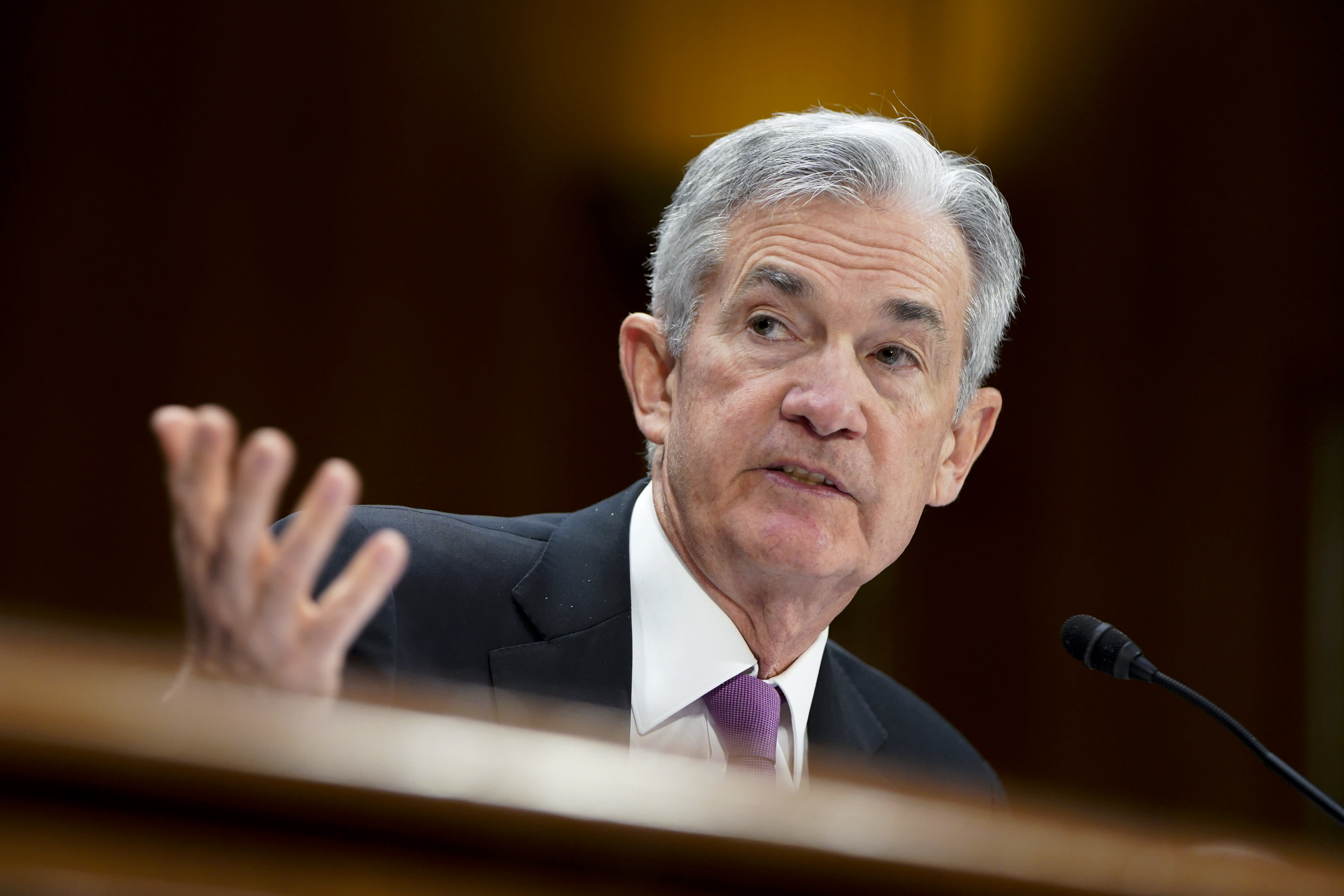The Federal Reserve blasted markets with a hefty dose of liquidity, zero interest rates, and a huge asset-buying program, but credit markets remain stressed and are looking for more help from Washington.
In the first session after Sunday’s surprise Fed move, stocks cratered, with the Nasdaq suffering a decline of 12.3%, its worst one-day drop ever, including the 1987 crash and when the tech bubble burst in 2001. The Dow was down 12.9%, and the S&P 500 was down 11.9%, their worst declines since 1987. Treasury yields slipped but some credit spreads continued to widen.
“The Fed is using the 2008 playbook. They need to come up with a plan to target the area of stress, and that’s the corporate credit market, not the bid and ask in Treasurys,” said Peter Boockvar, chief investment officer at Bleakley Advisory Group. “People are worried about credit to businesses. That should be the main focus. That should be the main area of concern … Corporations may lose access to the commercial paper market because buyers are gun-shy about balance sheets.”
HYG, a high-yield corporate-bond, exchange traded fund, was down 5.5%, as spreads continued to widen in the corporate debt market, particularly in the weakest credits. Treasury yields declined slightly, with the 10-year at 0.745%.
“It doesn’t matter where the 10-year Treasury is at. Stress in the corporate bond market raises the cost of capital for everyone,” said Boockvar.
Strategists say it will take time and possibly more liquidity moves from the Fed to help markets normalize, but they add that the commercial paper market may need its own targeted program, potentially involving the Fed and Treasury. The market is used for funding by companies with the highest-quality corporate credit.
“I think what they’re doing is incredibly impressive. They’re being imaginative. They’re getting the right areas and the size and length of what they’re going to do,” said Rick Rieder, chief investment officer of fixed income at BlackRock. “They’ve got to get to commercial paper next. … Once the Fed and Treasury come with a solution in terms of funding, that’s one of the situations that will go away quickly.”
Rieder said one solution is that the Fed could do a direct purchase program. Some strategists said the government could help structure loans for companies that need cash and the Fed could purchase debt it currently is not authorized to buy.
Pramod Atluri, fixed income portfolio manager at Capital Group, said the Fed’s fixes will ultimately help the markets but it also needs to continue finding ways to inject liquidity. He pointed to the commercial paper market as an area where the Fed and regulators will need to do more work. In normal times, he said the spread on one-month commercial paper for a high-quality company trades at about 20 basis points. “Today, one-month was 150 basis points,” he said.
Atluri said the problems in the Treasury market that cropped up last week are unusual. The large market for off-the-run Treasurys, or older securities in the market, were trading at a discount from the on-the-run, the newest securities.
“It was a sign that dealer balance sheets were full, and they were having difficulties taking more. They hit their risk limit. It could be because companies that were feeling stress were drawing on bank lines,” Atluri said. “There’s a variety of reasons. Banks could have had balance sheet constraints, not to mention for regulatory reasons.”
Atluri said that created a ripple effect since buyers of corporates and mortgage securities sell Treasurys, as they make purchases. And the lack of liquidity in Treasurys indirectly resulted in sending corporate and mortgage interest rates higher.
“The Fed did a bunch of things. They announced that instead of increasing the balance sheet by buying bills, they were buying across the curve,” he said. On Sunday, the Fed then said it would buy $700 billion in mortgages and Treasury securities.
“All of these measures should be enough to address the pressures we’re seeing in the Treasury market and the stresses we’re seeing but it will take time to filter through the system,” Atluri said.
Atluri said the Fed is likely disappointed that its efforts didn’t have a bigger reaction, but it has made clear it will keep taking aim at the market. “You could see something creative for the corporate bond market.” He said a lot of the Fed’s job will be to increase confidence in the market that it has the tools and it can do whatever it takes.
“I think the bigger picture here is that the Fed is going to continue to offer up more liquidity and use the facilities until they get the financial system in a better spot,” he said.
The market has been anticipating direct programs to help airlines, cruise ship companies and others specifically hurt by the response to the virus. President Donald Trump on Monday said the airlines will be getting assistance.
